Vintage Jim
gamer level 4
1522 xp
1522 xp
followers
4
4
Use my invite URL to register (this will give me kudos)
https://boardgaming.com/register/?invited_by=vintagejim
profile badges
recent achievements

Pick a Favorite LGS
Go to the Store Locator page, find your favorite local game store (LGS) and click on the Favorite button.
Go to the Store Locator page, find your favorite local game store (LGS) and click on the Favorite button.

Petroglyph
Explore select games by completing a series of exploration actions. learn more »
Explore select games by completing a series of exploration actions. learn more »

Gamer - Level 4
Earn Gamer XP to level up!
Earn Gamer XP to level up!

Cooperative Game Explorer
Explore 10 games in the Cooperative Games Collection. view the collection >
Explore 10 games in the Cooperative Games Collection. view the collection >
Player Stats
Critic (lvl 1)
180 xp
180 xp
Explorer (lvl 2)
593 xp
593 xp
Professor (lvl 0)
95 xp
95 xp
Reporter (lvl 1)
182 xp
182 xp
About Me
I'm the (former?) host of The Vintage Gamer, a podcast and blog covering older games of all kinds. I'm also the designer of Tom Clancy's Politika. I like games of all types, though I tend towards classic or rule-heavy games.

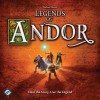
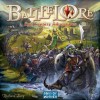

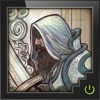


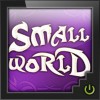







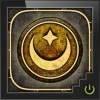


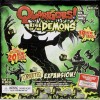



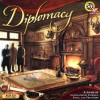







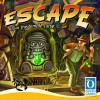











Zombie Dice
I’d first heard of Zombie Dice around the time it came out, but avoided the game because it has two marks against it: a) it’s yet another zombie game and b) it’s a recent Steve Jackson game. However, I’ve been roped into playing it at gaming events since then, and I have to admit I was wrong about it.
The rules are very simple. There are 13 green, red and yellow dice, each with varying amounts of brains, running feet and shotgun symbols on their faces. The green dice have more brains, the red more shotgun blasts, and the yellow are neutral. Your goal is to roll as many brains as possible. First person to collect 13 brains (and survive the shotgun blasts), wins the game.
The turn begins by drawing three dice at random and rolling them. Brains and shotguns are set aside. If you have 3 shotgun blasts, then your turn is over, and you lose any brains you’ve rolled. Assuming you’ve survived, you can choose to re-roll, or you can score the brains you have. If you choose to re-roll, you take any dice with running feet, draw new dice at random to bring your total up to 3, and roll again. You can continue doing this until you get 3 shotgun blasts, or you choose to stop.
Zombie Dice is a nice little push-your-luck game, another one of those good fillers to have around. Admittedly the decisions aren’t all that difficult: prefer to re-roll green dice over red dice; stop if you have two shotgun blasts unless you’re behind and desperately need to catch up. But it scales well to many players, doesn’t take long to play, and is a good way to while away the hours with your friends.
(Reposted from The Vintage Gamer)